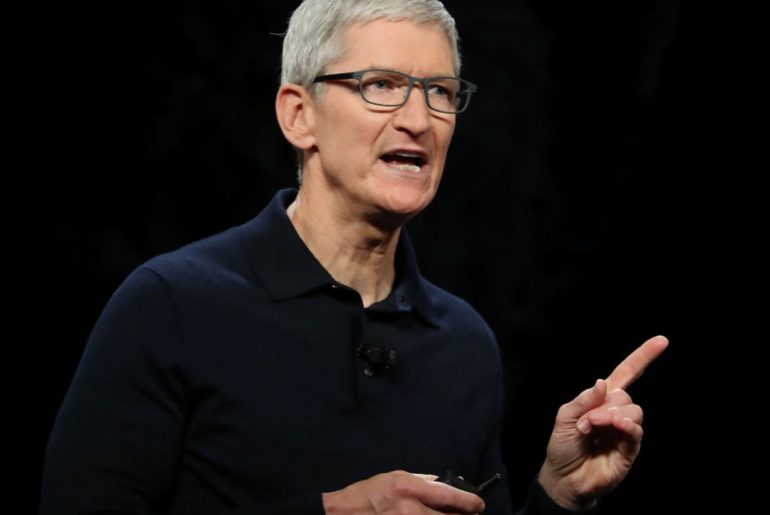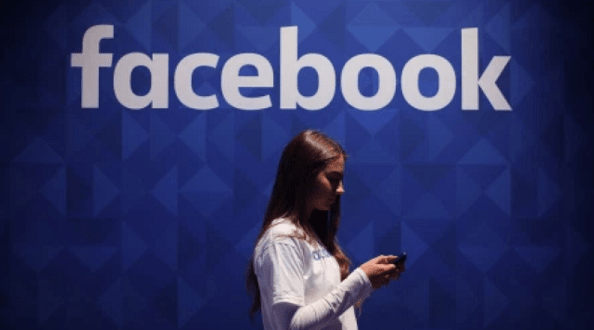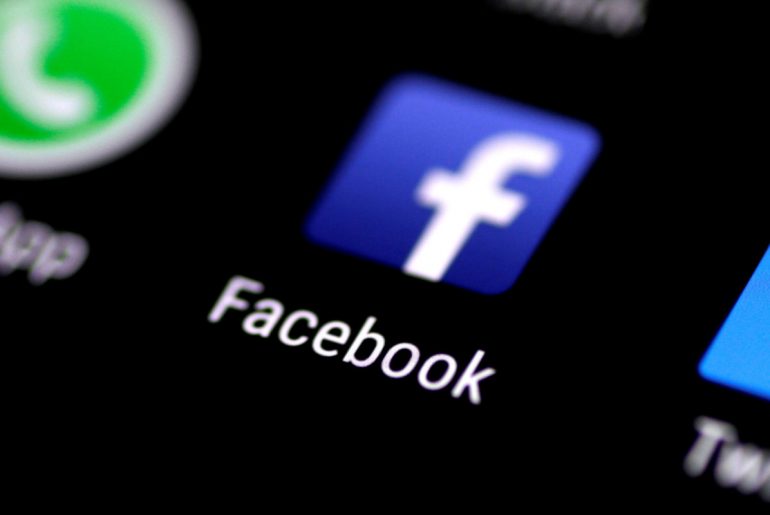Apple’s iOS 14.5 update has triggered an unstoppable collapse in Facebook’s ability to collect user data
It is not unusual for the bosses of Apple and Facebook to be at loggerheads with each other over privacy. Back in 2018 Facebook chief executive Mark Zuckerberg accused his Apple counterpart Tim Cook of being “extremely glib” for making scathing remarks about Facebook’s involvement in the Cambridge Analytica scandal. Weeks later Apple introduced privacy controls that hampered Facebook’s ability to collect user data via Apple devices.
Things moved up a notch at the end of last year after Apple revealed that app-tracking transparency would be installed as part of its latest system update. Until iOS 14.5 came along, apps like Facebook could automatically track what people were looking at on their phones and sell targeted ad space accordingly. The update was designed so users were asked their permission for the tracking to happen first.
Facebook responded to the move by taking out full-page ads in the New York Times, Washington Post and Wall Street Journal accusing Apple of posing a threat to the “10 million businesses [who] use our advertising tools each month to find new customers, hire employees and engage with their communities”. Cook retaliated by tweeting that users “should have the choice over the data that is being collected about them and how it’s used”.
It may have looked like little more than a war of words between two rivals, but Facebook – which warned of the “headwind” posed by iOS 14.5 in its 2020 accounts – was right to be concerned. Since the update went live last month iPhone owners have been opting out of data tracking in their droves. According to Flurry Analytics, 85 per cent of worldwide users clicked ‘ask app not to track’ when prompted, with the proportion rising to 94 per cent in the US. Apple did not respond to requests to comment.
For an organisation like Facebook, whose entire business model is based around collecting, analysing, selling on and profiting from data about its users’ likes and dislikes, such numbers could be devastating.
“It’s a huge blow for Facebook,” says Jake Moore, cybersecurity specialist at ESET UK. “They have major issues when another huge tech firm such as Apple comes along and says privacy is important. When Apple is asking users not to track – and that language is important – if anything it’s sticking a couple of fingers up at Facebook.”
This strategy is important for a business that wants to position itself as being above the privacy concerns that have dogged the technology industry. Lawyer and data privacy specialist Heather Anson, director of Anson Evaluate, says that for a company that can make money from its hardware regardless of regulatory constraints, it’s reasonably easy for Apple to score points over its rivals by doing that. “Apple is very good at using these types of issues to make itself look better,” she says. “There was a case in San Bernardino where a guy shot his co-workers and the FBI wanted to get the log-ins to his iPhone. Apple said no because it would weaken security, but that was technically more of a publicity stunt than something that was legally binding, they could have handed it over.”
By taking this stance now, Anson believes, Apple is pre-empting strict data protection laws that have been mooted in US states including New York and Virginia as well as in the European Union. As with the EU’s Draft Digital Services Act, the US proposals, which are modelled on an existing Californian law, would require user permission to be given for data to be used. It is a carbon copy of what iOS 14.5 has already introduced.
While that puts Apple ahead of the curve, it creates an even bigger problem for Facebook. That is in part because it will further restrict its ability to target ads to individual users, but also because the more these rule changes are spoken about the more it shines a spotlight on exactly what it is Facebook does with user data.
Facebook still makes billions from advertising. But the world in which it operates is changing fast. How Facebook attempts to keep pace will be telling. Depending on take-up, Facebook’s digital currency diem, which will be piloted later this year, could also create masses of data due to the way digital transactions are logged by the technology that powers them. Meanwhile, WhatsApp, which Facebook acquired in 2014, is to start gradually switching off functionality for users who refuse to let it share information with Facebook about the businesses they have communicated with.
Even taken together, they are likely to be a poor substitute for what Facebook will lose if the iOS 14.5 opt-outs continue apace. For now, Facebook is continuing to frame the advent of the Apple update as an affront to the smaller businesses that benefit from its platform. The impact on its advertising revenues will, it says, “be much less than what will befall small businesses” that rely on its algorithms to promote their wares. “Many small businesses won’t grow, continue hiring or even survive as a result of an impact of this magnitude,” it says.
Similar to Apple’s strategy of proclaiming itself a privacy champion, it is a smart tactic for Facebook to put itself on the side of the little guy, particularly as laws such as the EU Digital Services Act remain in their infancy. “The EU act will be lobbied and debated over and won’t be passed for another couple of years then it will be another couple more before it comes in,” says Anson. “By that time Facebook will have done what it needs to do to comply and it will have bullied the EU by lobbying to get something it likes.”
It’s clear that Facebook needs that time to come up with a strategy that will allow it to thrive without unfettered access to data at its core. David Wehner, the social media giant’s chief financial officer, wrote in the company’s fourth quarter 2020 earnings report that “over time, we hope to help businesses by providing more on-site conversion opportunities through initiatives like shops, and also click to messaging ads”. A blog posted on Facebook’s corporate site last month says it is “important to acknowledge that the ways that digital advertising collects and uses data will evolve” and that Facebook is “investing in new approaches to privacy-enhancing technology and building a personalised advertising ecosystem that relies on less data”.
Less data is not no data, though. The problem Facebook now faces is that as time passes and developments like iOS 14.5 make users more aware of how their data is used to manipulate them they might not want to give any of it up at all.
“Over the next five to ten years people will start to learn the importance of privacy and keeping their data,” says Moore. “Facebook’s business model is all about tracking – they are not a social media company, they are an advertising company and if they can track you they can make more money. Apple has got nothing to worry about, but Facebook could be gone in ten years.”











